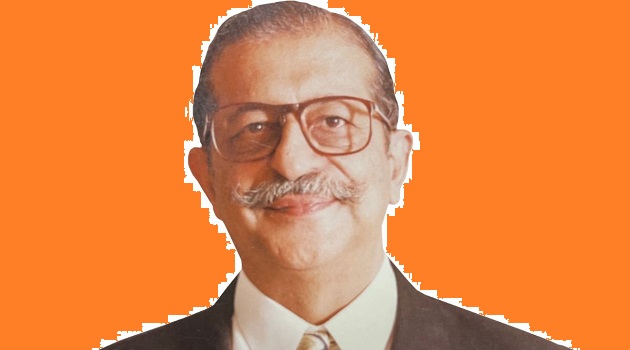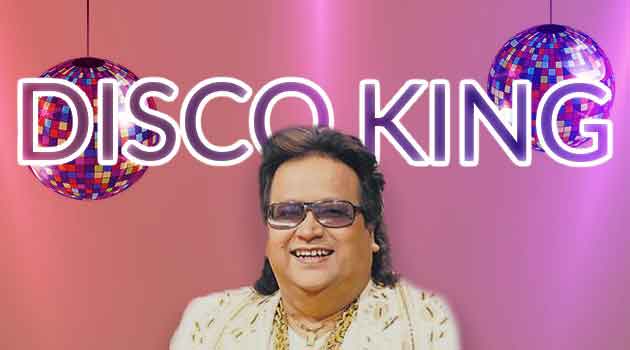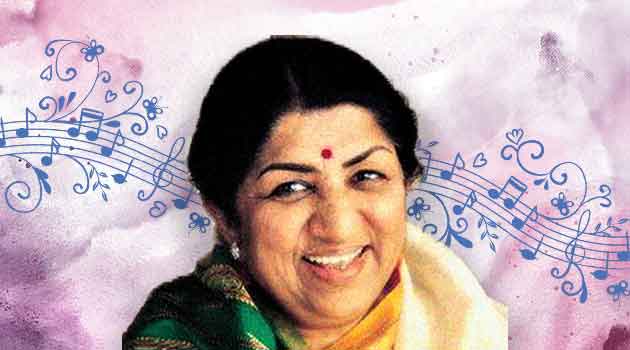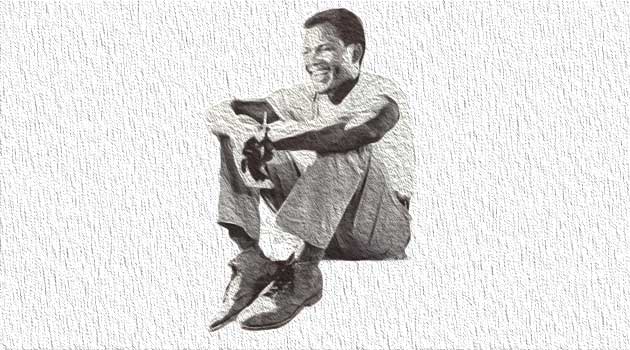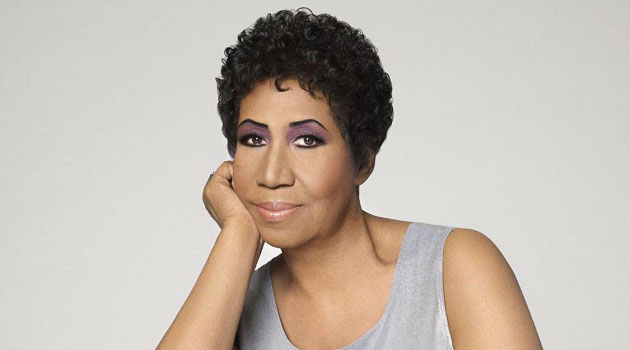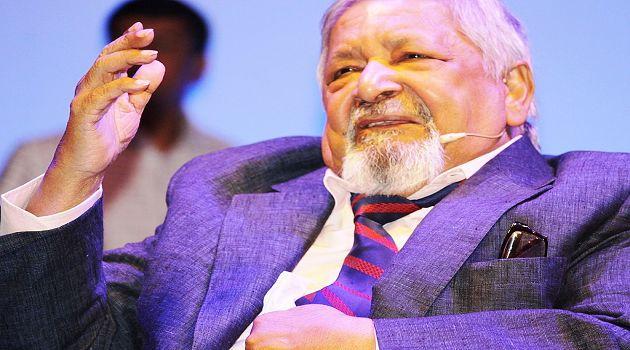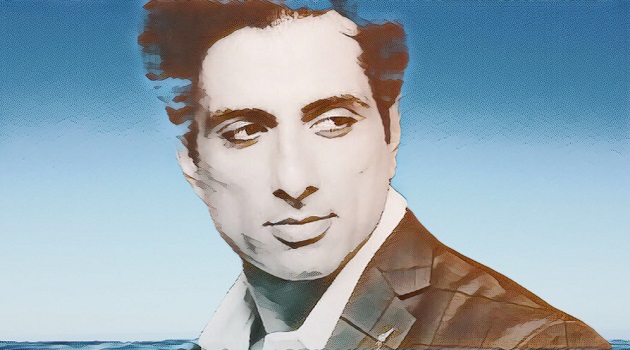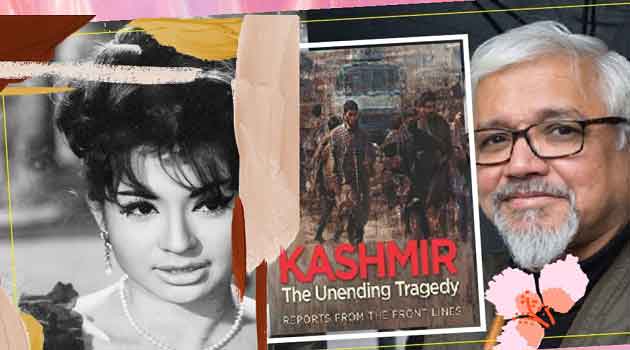“I wish to create an atmosphere which aims at bringing back to dance all that sensitivity and delicate aesthetics, which are threatened in this age of violence. Art has to exalt and to elevate.” –Pandit Birju Maharaj
The torchbearer of the Lucknow “Kalka-Bindadin” Gharana of Kathak dance in India, legend Pandit Birju Maharaj, in full Brijmohan Nath Mishra Maharaj, died on 17 January, 2022, at the age of 83.
He popularized the traditional dance form of Kathak on a global scale and his death has been dubbed as an end of an era.
He was born in the house of Jagannath Maharaj, popularly known as Acchan Maharaj of Lucknow Gharana, and trained by his uncles Lachhu Maharaj and Shambhu Maharaj.
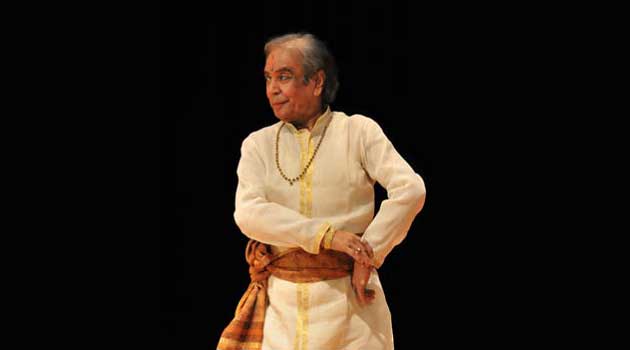
Birju Maharaj contributed immensely to the dance form through his role as a teacher and director at Bharatiya Kala Kendra in Delhi, and the Kathak Kendra (a unit of the Sangeet Natak Akademi).
His first major solo performance was at Manmath Nath Ghosh celebrations in Bengal in the presence of stalwarts of music. He received recognition as a young dancer with great potential. He never looked back after that, his career graph rising steadily.
He has had a meteoric impact through his performances which display the beauty and grace of Kathak.
In addition to disseminating his vast knowledge as a teacher, Birju Maharaj also made valuable and astute contributions to Indian cinema. He choreographed dance sequences for movies like Shatranj Ke Khiladi, Devdas, Bajirao Mastani, and many more.
He directed and composed a music piece for the film Dil To Paagal Hai, as a jugalbandi. Actor Madhuri Dixit performed the dance on this piece in the Kathak style, with a contemporary touch.
“He was a legend but had a childlike innocence. He was my guru but also my friend. He taught me the intricacies of dance and abhinay (gesture language) but never failed to make me laugh at his funny anecdotes.” -Madhuri Dixit
Achievements
Birju Maharaj through his dedication and perseverance achieved many accolades throughout his career.
He was the recipient of the coveted Padma Vibhushan (1986) and the Sangeet Natak Akademi Award. He was awarded the Kalidas Samman by the Government of Madhya Pradesh.
Other awards include Soviet Land Nehru Award, Sangam Kala Award, and Lata Mangeshkar Puraskaar.
He also bagged the National Film Award for Best Choreography for the movie Vishwaroopam in 2012 and Filmfare Award for Best Choreography for the film Bajirao Mastani in 2016.
A master story-teller
Birju Maharaj was an excellent storyteller who would blend the incidents from his daily life with his performances.
Birju Mahraj’s keen observational skills were reflected through his vivid descriptions of the events. He was not only an exceptional dancer but an equally talented singer, poet, and painter.
In an interview, he had said, “An artiste expresses his deepest emotions through his art, be it dance, music or visual art forms. I express in the best way I feel inspired to and am blessed to have been able to wear these different hats of a dancer, singer, poet and painter.”
When he spoke for love
A 2018 interview of Birju Maharaj reflected his deep understanding of the concept of love.
He described that in Kathak, mudras are used to spread the message of love. A dancer’s body is a seat for two or more characters.
While enacting the love story of Radha-Krishna, the two sides of the body become two characters.
According to him, love is a profound word to describe when two hearts come together. There should be no space for differences of caste or religion in this unity.
He remained hopeful that love will always triumph over differences. “Kansa lives on even today, and so does Ravana. There are people who have those characteristics. But, there are also people like Rama and Krishna.”
